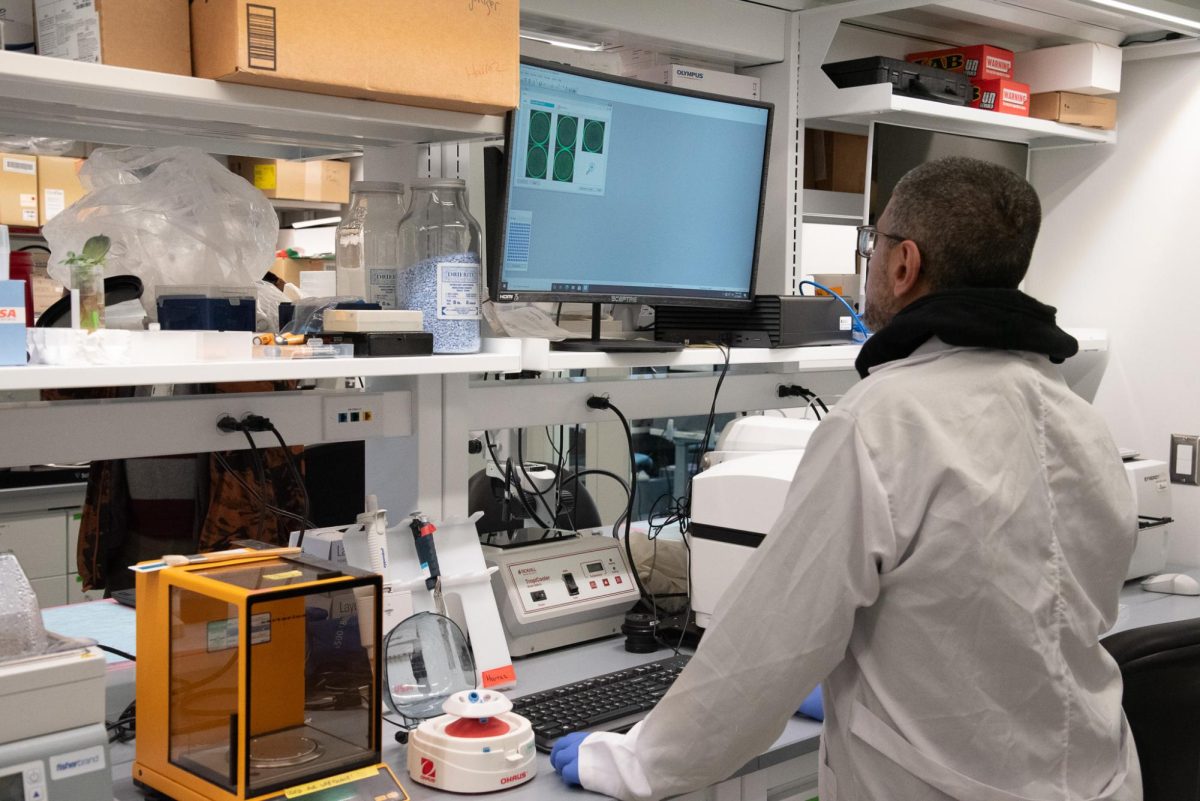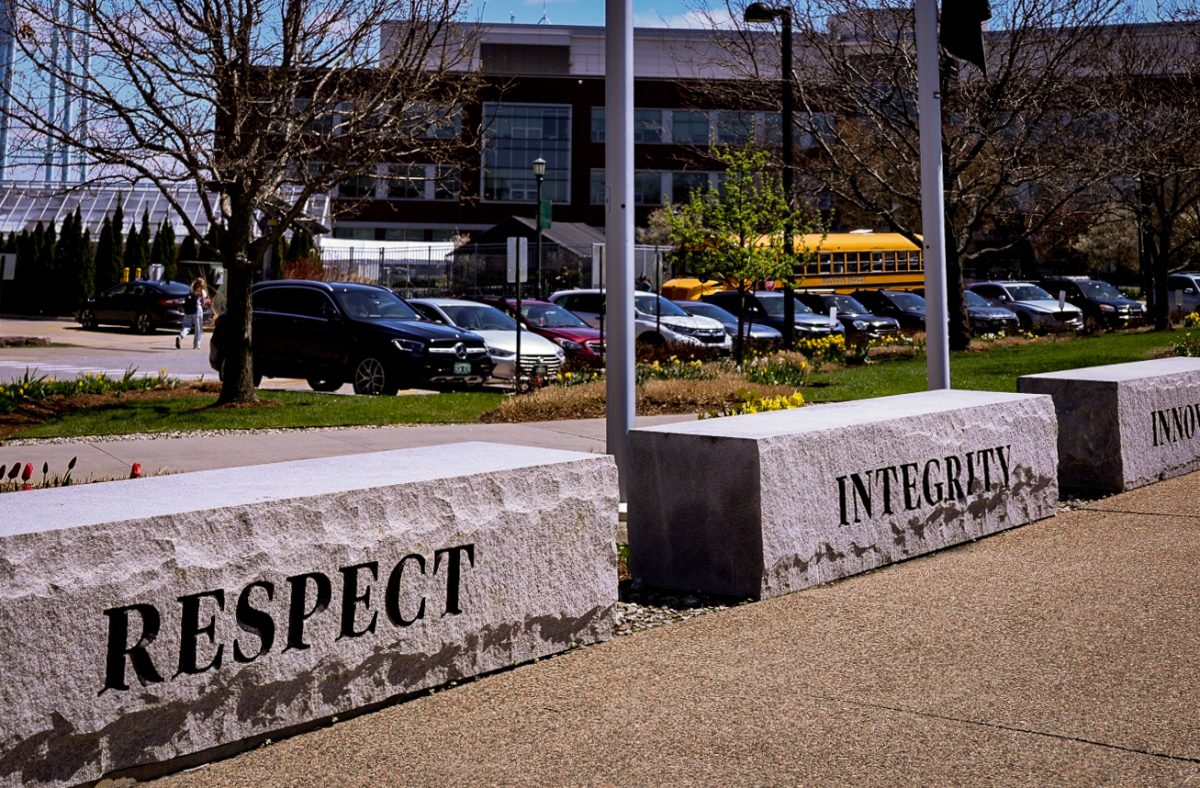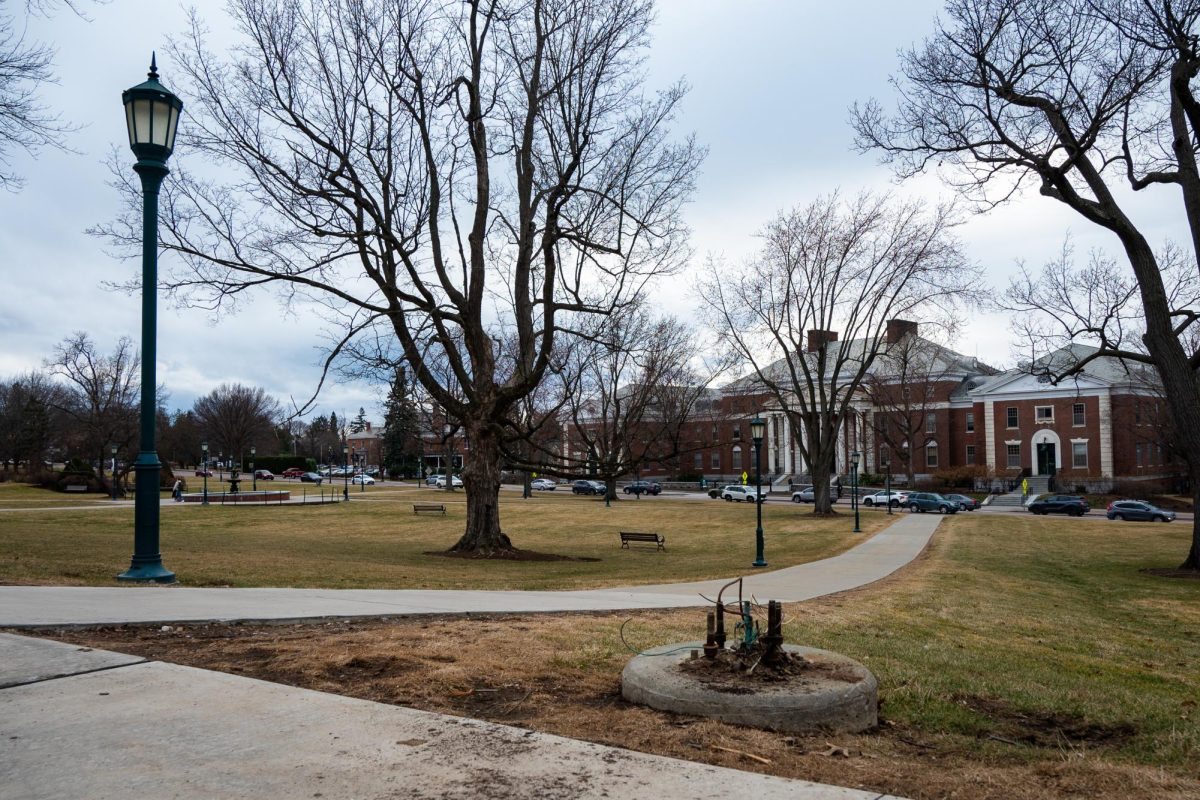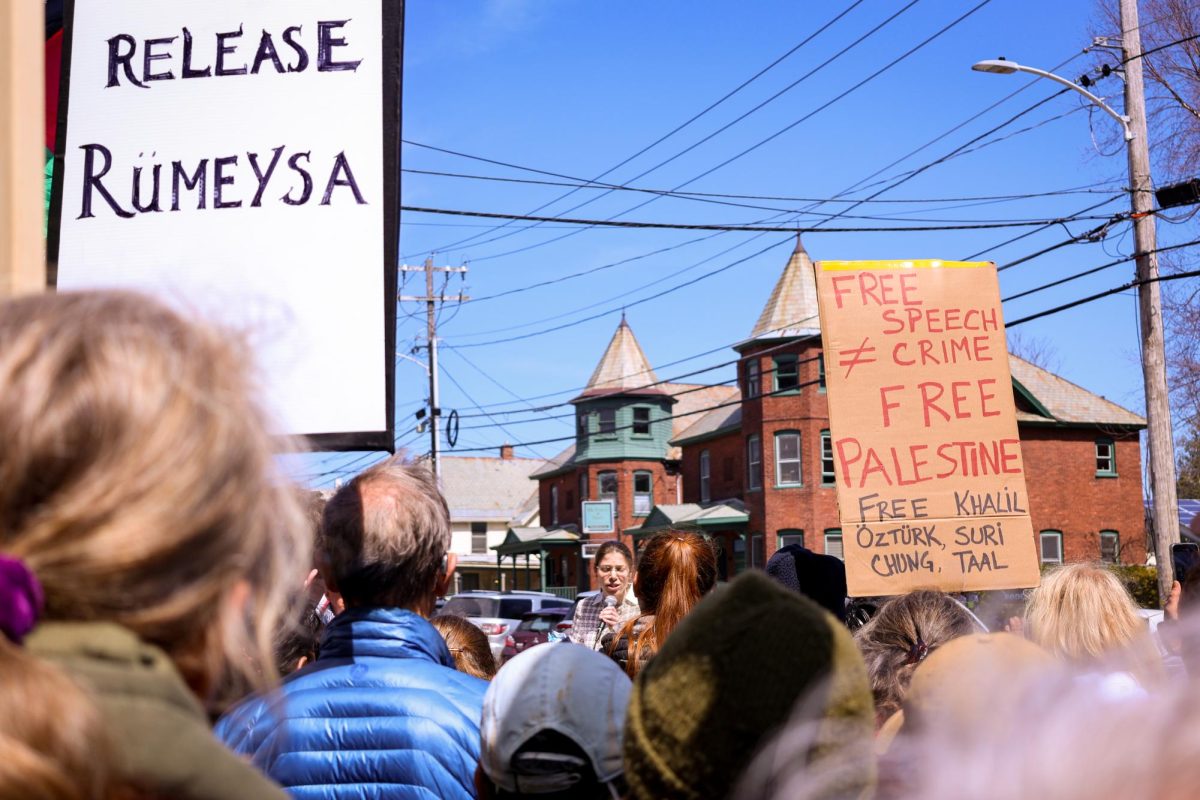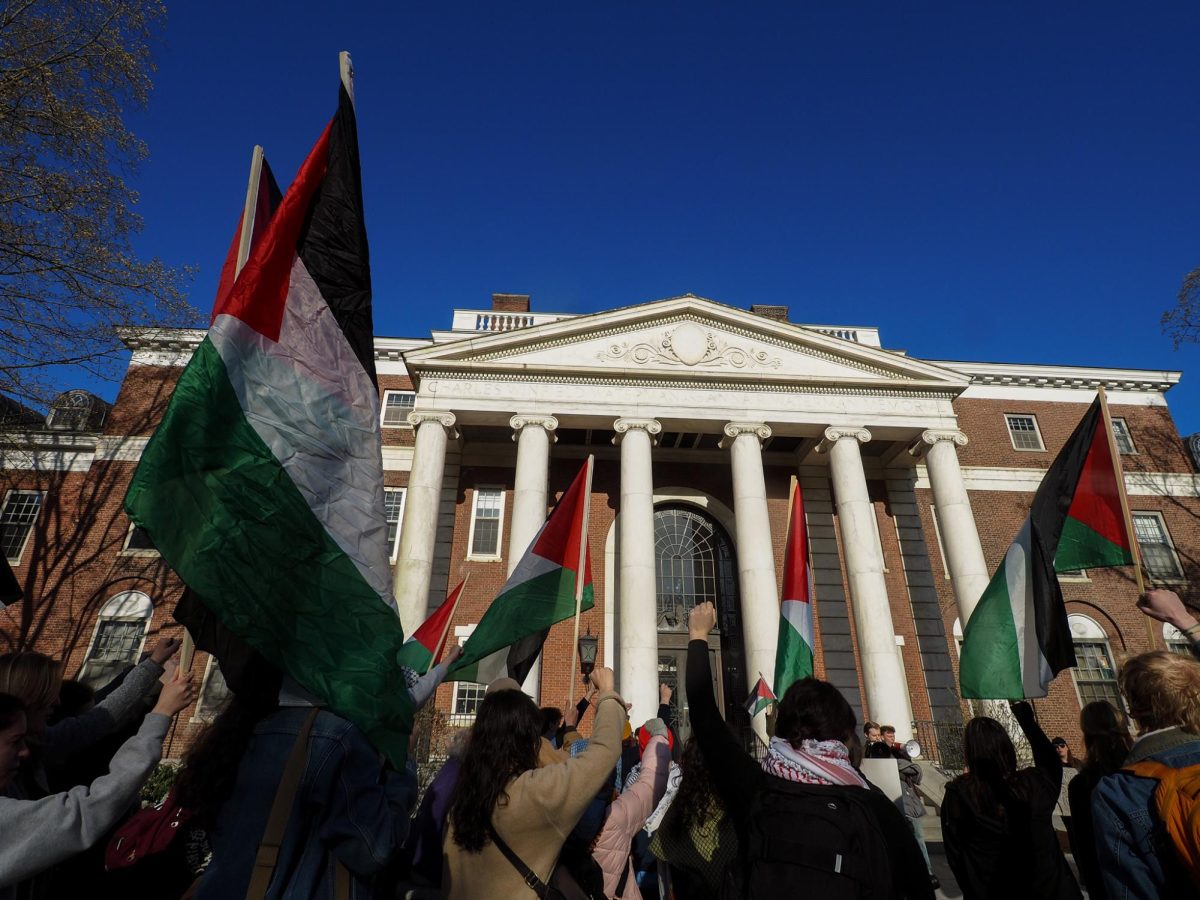UVM is lowering staffing levels in several core facilities across campus due to financial challenges, said Richard Page, dean of the Robert Larner College of Medicine.
UVM houses numerous core facilities — shared research resources that are too costly for individual labs to maintain independently — including the BioLabs Innovation Center, Vermont Advanced Computing Center and the Field Research Instruction Land Stewardship.
Page said there have been concerns among researchers about potential impacts on service availability, but that resource management is intended to preserve functionality and improve financial sustainability.
“The expectation of the University is to be the best steward it can be with the finances that we have,” he said.
The goal of lowering the staffing levels is to ensure that the University isn’t paying for work that isn’t getting done, Page said.
“It comes down to how many people, how much effort you’re paying for to provide the service,” Page said. “The necessity to really be looking carefully has increased over the last year or two with the financial stresses that our University and many universities are under.”
One of the expenses that is taking a toll on the University’s budget is user fees, which are imposed charges by government agencies for the use of research tools or services provided, Dombrowski said.
Operating expenses and user fees — imposed charges by government agencies for the use of provided research tools and services — are taking a toll on the University’s budget, Dombrowski said.
“Those core facilities have struggled to make enough money to break even over a number of years,” he said.
Page said staffing level adjustments represent careful resource management rather than outright cuts.
“I don’t want to call them cuts, because at this point, our goal is to maintain services uninterrupted and as available as it ever has been,” Page said. “It’s good business practice for any university or college to be looking at that.”
Outside of the core facility staffing changes, UVM has experienced research grant cuts from the federal government, Dombrowski said. About a dozen grant terminations have already hit the University, with more anticipated in the future.
“Some of the direct terminations we’ve seen have had to do with vaccine hesitancy,” Dombrowski said. “It’s very disappointing. We had very good researchers on a very important topic, but it’s not terribly surprising that that’s where we’re seeing the cuts.”
The University is particularly concerned that funding changes might affect graduate students, who are the University’s top priority, Dombrowski said.
“Graduate students receive a stipend and they participate in labs as co-investigators,” he said. “The work that they’re doing is part of their educational process.”
If grants supporting graduate students are cut, University leadership is prepared to respond — each college has resources reserved to be able to deal with this kind of situation, Dombrowski said.
“Those are a top priority for bridge funding or continued funding with internal resources if those grants are cut,” he said. “Each college has resources, the University has resources that we will try to pull together and use for those purposes out of our rainy day funds.”
University officials have held multiple forums to address researcher concerns, Dombrowski said. The goal of this has been to provide researchers with updates so that they can feel well informed on the security of their work.
“We’ve been holding these research forums and they’re mostly just information exchanges,” Dombrowski said. “We’ve had five of those research forums, three of them in person and two [online].”
Despite current challenges, Dombrowski said both Republicans and Democrats have supported science for a long time, and that eventually the difficulties facing universities will pass.
“I think we’re going to be okay,” he said. “I think we’ll have some hits, there’ll be some things that we have to adjust to, but I don’t think we’re looking at the end of federal research by any means.”
Dombrowski said that he has faith in the strength of the University and its ability to withstand current difficulties arising from the federal government.
“We’re a resilient institution. We’re committed to the research enterprise and we know that it’s part of what we do to make an impact in the world,” he said. “This moment will not last forever.”


